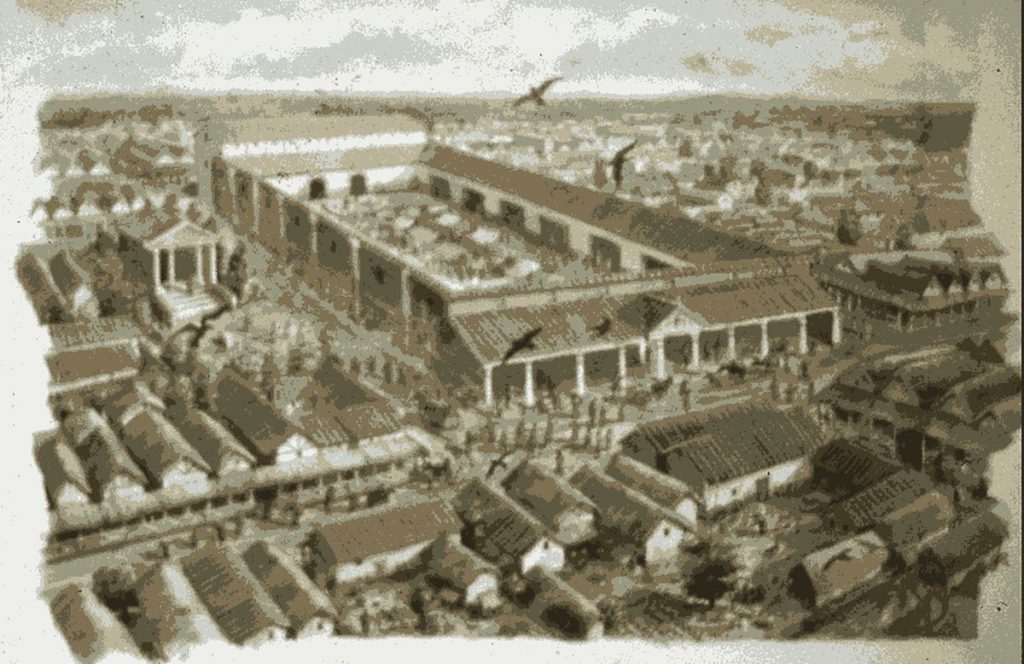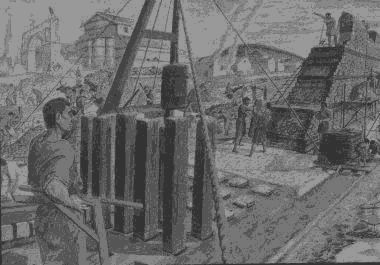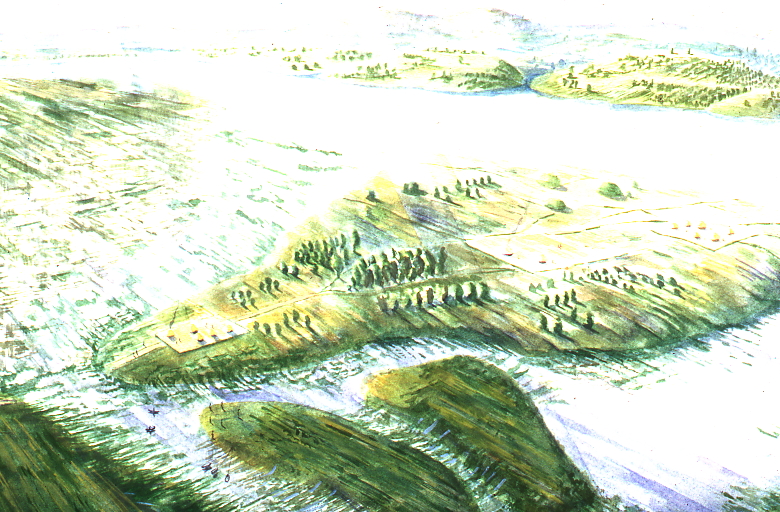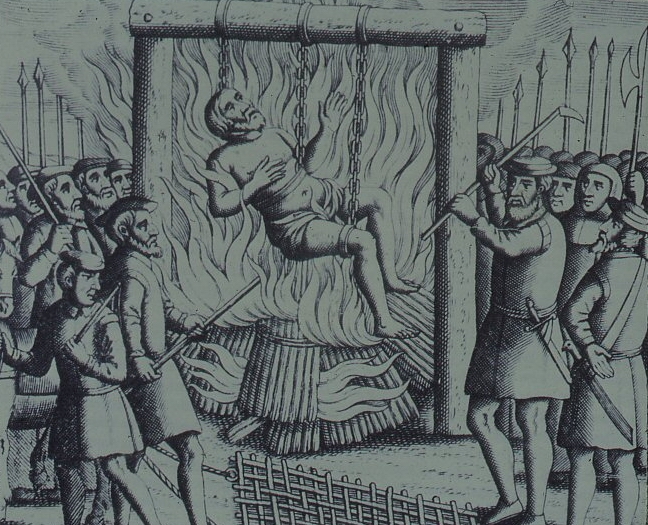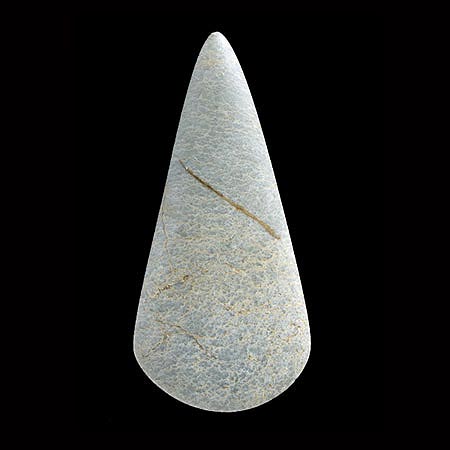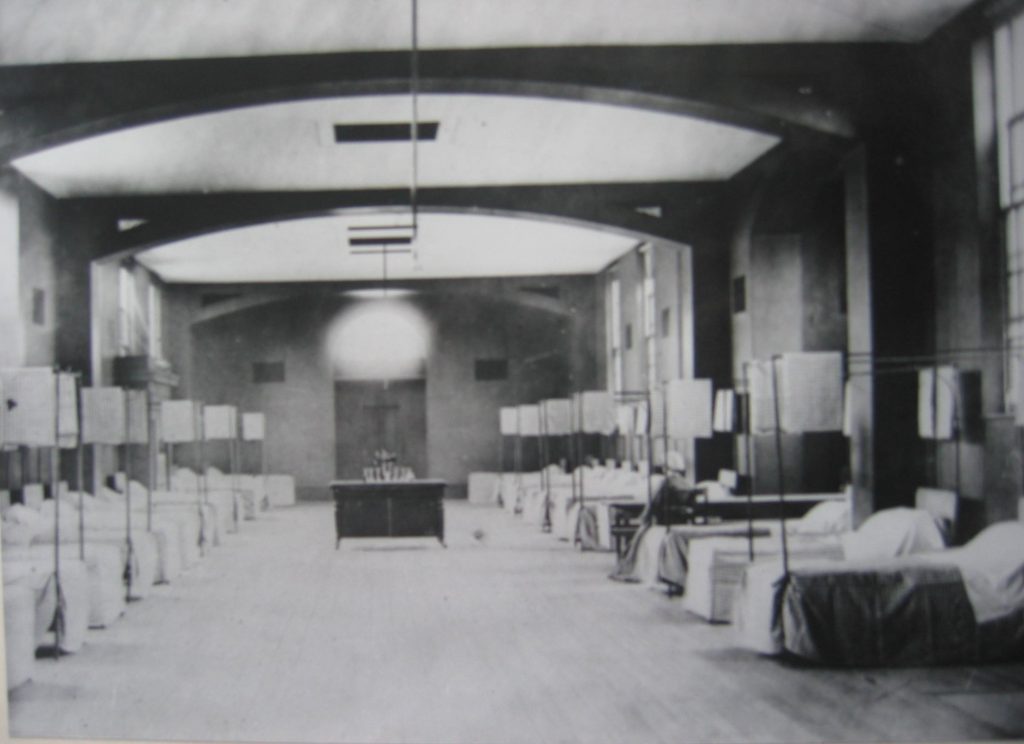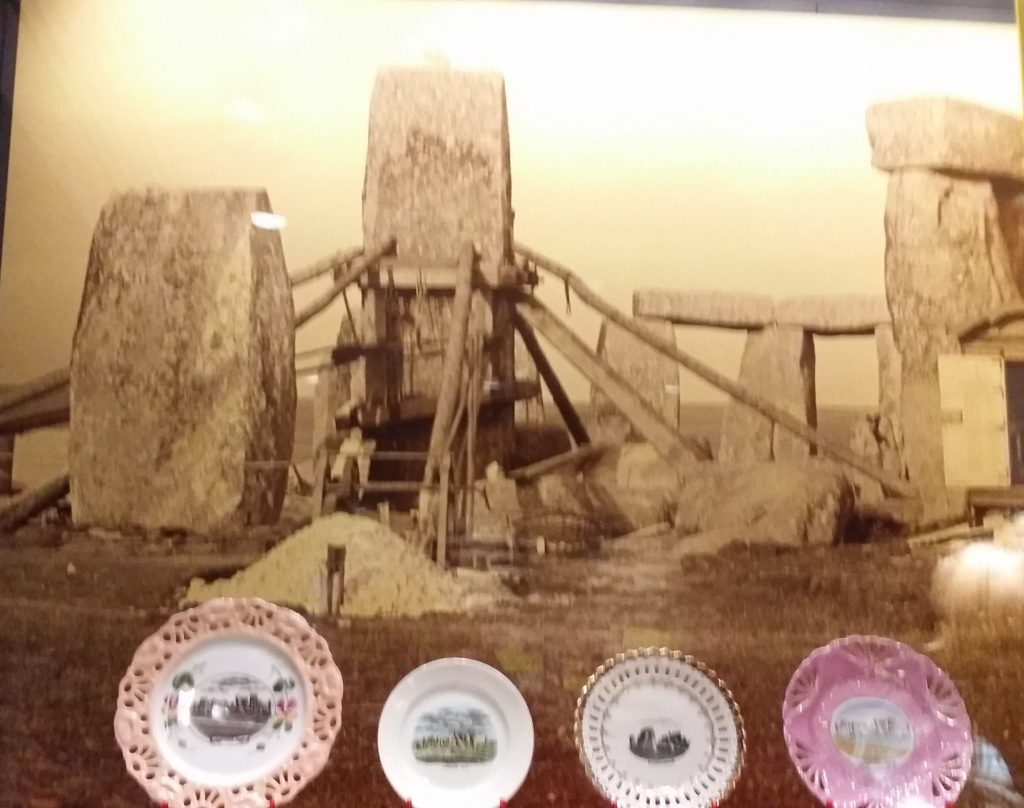
The discovery of a dismantled Stone Circle, the same size as the Aubrey Holes Circle at Stonehenge, near to the Quarry that modern science has identified as the source of the Bluestones at Stonehenge, has validated what Geoffrey of Monmouth said in the 12th Century.
That is that Stonehenge was second hand and was brought from the West. (OK he said Ireland and the newly discovered Henge is in West Wales, and everything else he said seems to be wrong). But at least it would seem Geoffrey didn’t just make up it all up, which is what I have been saying for many years.
Anyway the point of this post is to direct you to this article which is the definitive word on the new discovery by Mike Parker Pearson and his colleagues.
Do read it!

